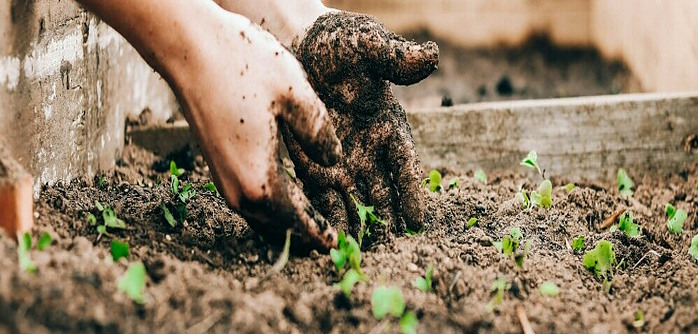Unlocking Sustainable Harmony: What Is Permaculture Gardening?
Permaculture gardening has emerged as a holistic approach to sustainable living, intertwining ecological principles with agricultural practices. This article delves into the core concepts, principles, and methods that define permaculture gardening, exploring how it goes beyond traditional agriculture to create resilient and regenerative systems.

Understanding Permaculture:
Permaculture, a portmanteau of “permanent” and “agriculture” or “culture,” was coined by Australian ecologists Bill Mollison and David Holmgren in the 1970s. At its essence, permaculture seeks to mimic natural ecosystems, emphasizing sustainability, diversity, and resilience in agricultural systems. It’s not just about growing crops but creating a harmonious and self-sustaining environment.
Core Principles of Permaculture Gardening:
Observation and Interaction:
Permaculture begins with observing and understanding the natural patterns and processes of a specific site. This principle emphasizes the importance of interacting with the environment in a way that enhances rather than disrupts the existing ecosystem.
Catch and Store Energy:
Permaculture seeks to harness and store energy efficiently, utilizing elements like solar power, wind, and water in a sustainable manner. This principle promotes the use of renewable resources to meet the needs of the system.
Design for Diversity:
Biodiversity is a cornerstone of permaculture design. By incorporating a variety of plants, animals, and microorganisms, permaculture gardens can achieve greater resilience to pests, diseases, and environmental changes.
Use and Value Renewable Resources:
Permaculture emphasizes utilizing resources that can be replenished naturally, minimizing reliance on finite resources. This includes incorporating renewable energy sources, such as solar panels or wind turbines, and using organic materials for mulching and fertilization.

Methods and Techniques in Permaculture Gardening:
Polyculture and Guild Planting:
Instead of relying on monoculture, permaculture encourages polyculture – planting diverse species together. Guild planting involves strategically placing plants that support each other in terms of nutrient exchange, pest control, and overall growth.
Water Harvesting and Conservation:
Permaculture gardens often incorporate water harvesting techniques, such as swales, rain barrels, and ponds, to capture and store rainwater. This helps in maintaining adequate water levels for plants while reducing reliance on external water sources.
Composting and Mulching:
Composting organic waste and using mulch are integral practices in permaculture. These methods enhance soil fertility, structure, and water retention, creating a healthier growing environment.
Regenerative Agriculture and Permaculture:
Permaculture aligns closely with the principles of regenerative agriculture. By fostering soil health, carbon sequestration, and biodiversity, permaculture contributes to the regeneration of ecosystems and mitigates the impact of climate change.
Permaculture in Urban Settings:
Permaculture is not limited to rural landscapes; it can be adapted to urban environments. Rooftop gardens, community plots, and vertical gardening are some examples of how permaculture principles can be applied in cities, promoting local food production and sustainable living.
FAQ Section:
Q1: Can anyone practice permaculture gardening?
A1: Yes, permaculture is accessible to individuals, communities, and even urban dwellers. Its principles can be adapted to various scales and settings.
Q2: Is permaculture gardening more labor-intensive than traditional gardening?
A2: Initially, permaculture may require more effort in setting up the system. However, over time, well-designed permaculture gardens often require less maintenance due to their self-sustaining nature.
Q3: Can permaculture be applied to commercial agriculture?
A3: Yes, many farmers are integrating permaculture principles into commercial agriculture. It offers sustainable alternatives to conventional practices, promoting long-term soil health and productivity.
Conclusion:
Permaculture gardening stands as a beacon of sustainable agriculture, fostering resilience, biodiversity, and regeneration. Its principles, deeply rooted in ecological wisdom, provide a blueprint for creating harmonious relationships between humans and the natural world, paving the way for a more sustainable future.
Thanks for reading! If you liked this article please leave us a comment and check out some of our others! Have a specific query you want answered? Shoot us an e-mail at contact@commoncuriosities.com




